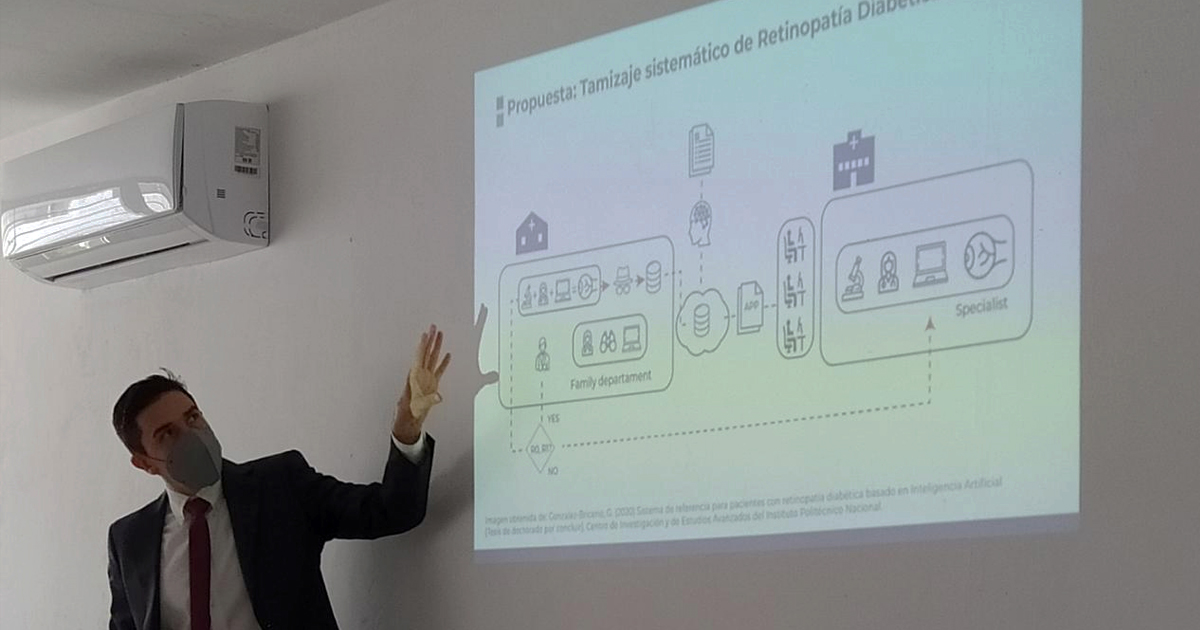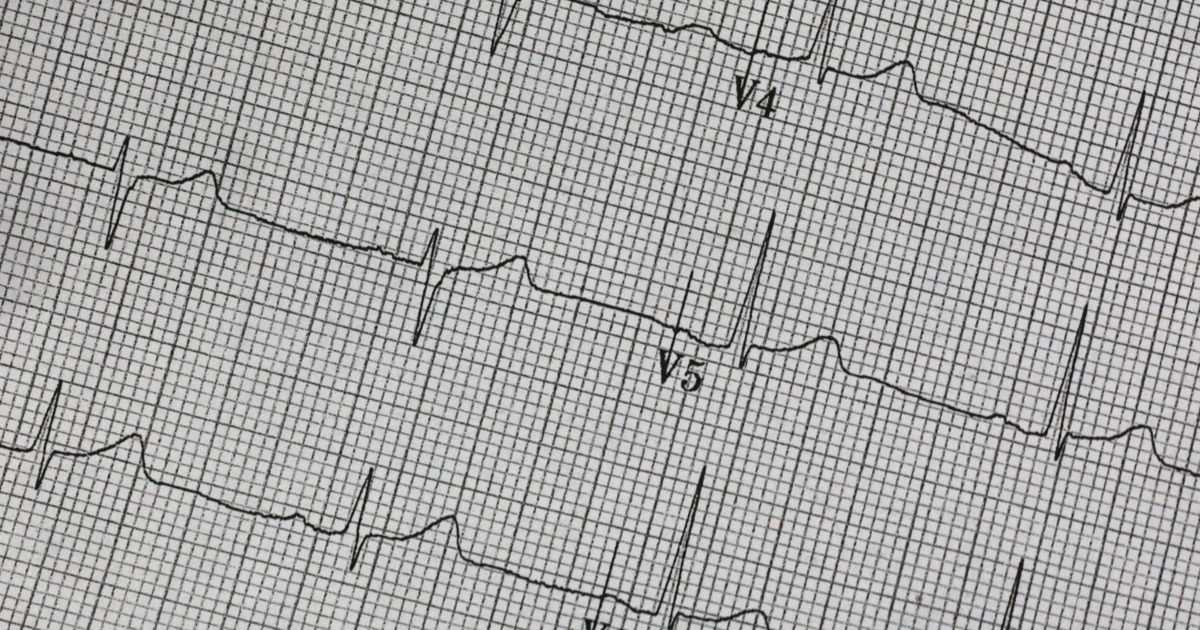Equipo del Laboratorio de Diseño Electrónico del Centro de Investigación y de Estudios Avanzados del Instituto Politécnico Nacional (Cinvestav) Unidad Guadalajara, desarrolló un modelo de Artificial Intelligence (AI), para detección temprana de retinopatía diabética.
La retinopatía es una de las afectaciones más comunes entre las personas que viven con diabetes mellitus, la cual puede provocar la perdida de la vista e incluso ceguera. Es por ello que la prevención y la detección temprana es de vital importancia para que pacientes que viven con diabetes no vean afectada su calidad de vida.
De esta forma, un equipo multidisciplinario del Laboratorio de Diseño Electrónico del Cinvestav Unidad Guadalajara ha desarrollado un modelo de AI para realizar un tamizaje sistemático de retinopatía diabética. En este sentido, a través de una conexión por telemedicine, profesionales podrían realizar una evaluación de este padecimiento.
Gaspar González Briceño, estudiante de doctorado en el laboratorio de Diseño Electrónico, forma parte de este proyecto y explicó lo siguiente sobre la importancia de la AI en la detección de enfermedades: “El tamizaje sistemático de retinopatía diabética representa un beneficio en la detección temprana y tratamiento oportuno de esta afección ocular, y junto con la asistencia de tecnologías como la AI and telemedicine, han mostrado ser efectivas para la referencia oportuna del paciente a un oftalmólogo”.

The AI agiliza el proceso de clasificación de fotografías de fondo de ojo extraídas del tamizaje de la retinopatía, incluso alcanza un desempeño mejor o igual al de personal médico capacitado. “Dado que las redes neuronales convolucionales muestran un buen desempeño en reconocimiento de patrones, se ha optado por utilizar esta tecnología, que puede ayudar en la detección temprana de la retinopatía, en combinación con un buen modelo de tamizaje clínico”, explicó González Briceño.
De igual forma, el doctorando, explica que la atención de la retinopatía diabética en el primer nivel de salud debe ser un trabajo multidisciplinario que combine diversos profesionales clínicos y técnicos. Además, sumado al desarrollo de AI, se puede lograr una solución no solo efectiva sino innovadora para disminuir a las personas con dicha condición y evitar afectaciones más graves como la ceguera.
El Comité de Investigación de la Secretaría de Salud Jalisco, aprobó el protocolo y se implementará el proyecto en tres centros de salud de Jalisco, para realizar la investigación durante los próximos seis meses.
Además, para la implementación del proyecto se unieron con el Banco Interamericano de Desarrollo, la Coordinación General de Innovation Gubernamental de Jalisco y el Tecnológico de Monterrey Campus Jalisco. Cabe destacar que estas instituciones presentaron el año pasado desarrollaron un proyecto similar, sobre AI y retinopatía diabética.







